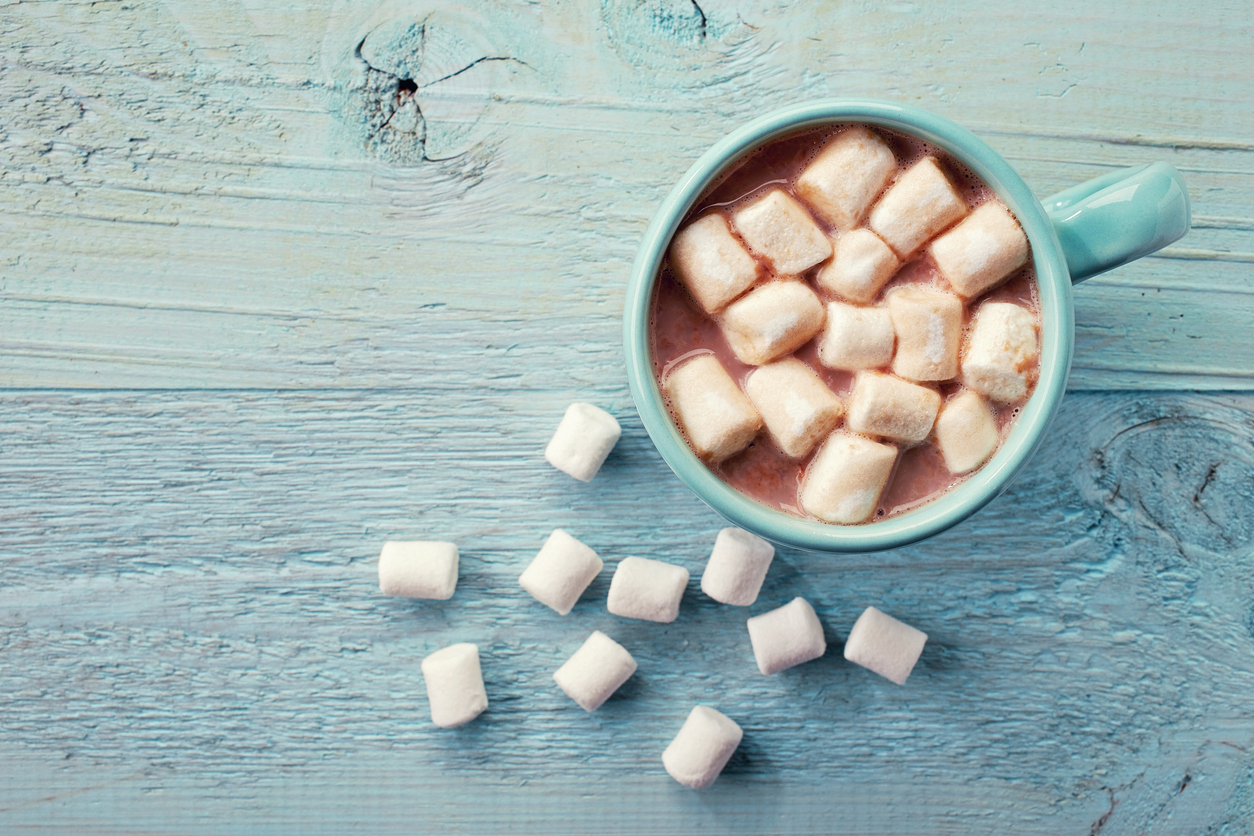
In the realm of bedtime rituals, there’s a timeless classic that transcends generations and brings comfort like no other—the warm embrace of a milky hot chocolate drink. As you sip this velvety elixir, you’re not just enjoying a soothing beverage; you’re indulging in a tradition that traces its roots back to a time when chocolate was a luxury reserved for the elite. What better way to encourage the sleep chemicals in your brain to start their work and guide you into sleep.
Chocolate’s Aristocratic Origins:
To truly appreciate the decadence of hot chocolate, one must delve into its intriguing history. Believe it or not, chocolate didn’t start as the solid bars we know today. Centuries ago, it was a liquid delight savored exclusively by the wealthy classes. The journey of cacao beans to Europe began in 1585 after the Spanish colonization of the Americas. A treatise titled “A Curious Treatise of the Nature and Quality of Chocolate” found its way to England in 1640, marking the arrival of chocolate on the European scene.
The Birth of the Chocolate House:
In 1657, London witnessed the inauguration of its first chocolate house, a place advertised as “run by a Frenchman.” Samuel Pepys, in his diary entry of April 24, 1661, mentioned how he woke with a hangover and sought solace in a morning draft of chocolate to settle his stomach. This marked the beginning of chocolate’s popularity and the birth of an associated culture.
Chocolate Pot and Accessories:
The surge in chocolate’s popularity led to the creation of specialized paraphernalia. In 1685, George Garthorne, a London silversmith, crafted the earliest-known silver chocolate pot, or chocolatière. Accompanying this elegant pot was a stirring implement known by various names like molinet or moulinet, essential for achieving the desired consistency due to the high cocoa butter content.
Chocolate Houses and High Society:
The late 17th century saw the emergence of renowned chocolate houses such as White’s in Mayfair and Saunders’s in St James’s Street. These establishments charged entry fees and offered chocolate infused with exotic flavors like citrus peel, jasmine, vanilla, musk, and ambergris. Writer Jonathan Swift documented a meeting at Ozinda’s Chocolate House, where the dining club enjoyed a meal brought in from the queen’s kitchen.
The Opulence of a Chocolate Kitchen:
Contrasting with today’s kitchen with its modern conveniences, a 17th-century “chocolate kitchen” required nothing less than a series of rooms. At Hampton Court Palace, King William III and Queen Mary II had a dedicated chocolate kitchen built in 1689, with an adjoining chocolate room designed by Sir Christopher Wren in 1690. Gilded chocolate pots and exquisite chinaware adorned this secure space, where chocolate was prepared before being presented to the king or queen.
Royal Chocolate Service:
King George I elevated the chocolate experience by employing his own chocolate maker, Thomas Tosier, at Hampton Court Palace from 1717. This privileged position granted Tosier access to the king’s bed chamber, where he served the monarch his morning drink of chocolate. It was a role steeped in luxury and exclusivity, with Tosier working with expensive, exotic ingredients to craft the perfect cup for royalty.
Bed Time Ritual
Beyond the historical allure of hot chocolate, there’s a scientific facet to its charm, especially when consumed as part of your pre-bedtime routine. The warm, milky concoction doesn’t just offer a delightful flavor; it also contributes to the release of sleep-inducing chemicals in the brain. The combination of warmth and dairy stimulates the production of serotonin, a neurotransmitter that plays a crucial role in regulating mood and promoting relaxation. Additionally, the milk in hot chocolate contains tryptophan, an amino acid that serves as a precursor to serotonin and melatonin, the hormone responsible for regulating the sleep-wake cycle. By incorporating a steaming cup of hot chocolate into your evening ritual, you’re not only embracing a centuries-old tradition but also harnessing the soothing properties that can naturally guide you into a more restful and tranquil night’s sleep. So, as you sip your comforting elixir, let the science behind it enhance the tranquil journey to dreamland.